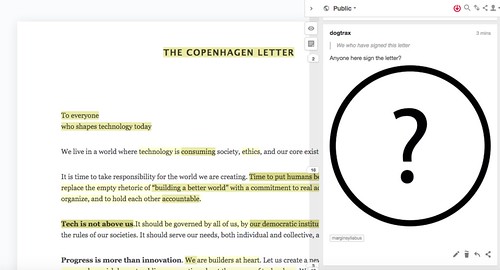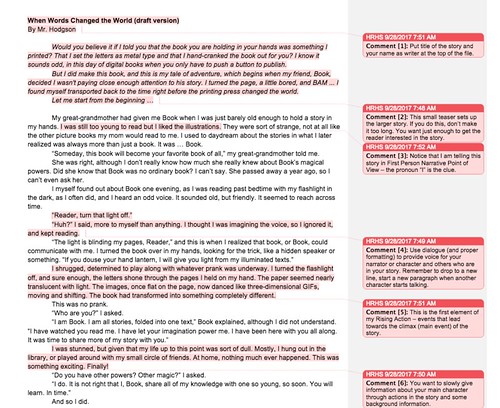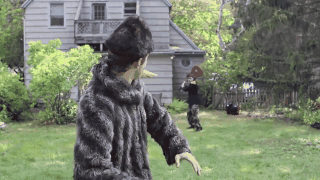I followed an invitation by Maha Bali to annotate a document known as the Copenhagen Letter. Maha had her university students in Egypt doing annotations on a digital text, and she put out a call on her blog to others. The Copenhagen Letter is an open letter to the world by a gathering of technology and social media folks, and other “thinkers” of some kind or another, as a manifesto for change when it comes to technology. (Here is a link to some of the background of the conference and the letter itself).
We used the Hypothesis add-on for crowd annotation, which is such a handy tool for this kind of work. You can read through the nearly 40 annotation observations by following this link: https://via.hypothes.is/https://copenhagenletter.org/ and I suppose Maha would say, Come on in and add your own thoughts, too.
As I dove in to the letter from the margins, I found myself feeling mixed about the content. On one hand, the letter is a call to action as a counter to the negative vibes and corporate for-profit threads that seem to be changing the entire DNA of social media spaces. It’s clearly the voice of frustration in terms of corporate desires overtaking user needs. On the other hand, the content of the letter is so vague and so general that is seems almost meaningless as a call to action.
I noticed, as I read the margin notes of Maha’s students and others, that not only was I not alone in that critique, but others were far more critical, questioning many phrases and intentions behind the letter. Someone even shared out Aaron Swartz’s 2008 Guerilla Open Access Manifesto as an counter example of calls to action.
At the end, where folks can “sign” the Copenhagen Letter, I wondered aloud: Did anyone in the margins ever sign the open letter? No response yet. (I did not sign it.)
An ancillary conversation on Twitter pursued this frame of thought a bit more – about whether such a manifesto does any good or if it only exposes the fuzzy language of how we talk about social media and technology in our lives. I’m still unsure about how I feel about the letter, but I appreciate that folks took the time to come together, to recognize the need for change, and worked to articulate concerns to the world. That’s not easy to do.
I’ll leave us with a comment by my CLMOOC friend, Sheri, who is wise and always has insightful and positive things to say about the world:
My initial read is that it is a hopeful vision that, together, for this hope, we build. From what could be to what we choose to make.
— Sheri Edwards (@grammasheri) September 29, 2017
Which leads me to share out news that the group behind Marginal Syllabus, in partnership with the National Writing Project, is launching a project called Writing Our Civic Futures, in which various documents will be open for public annotation with Hypothesis over the course of a few months. This project begins this coming week, so now is the time to engage in discussion and discourse.
Learn more about Writing Our Civic Future here. And read the first invitation to annotate a post by Henry Jenkins about youth culture and social media, and change.
And a bit about Hypothesis:
Peace (in the margins),
Kevin












